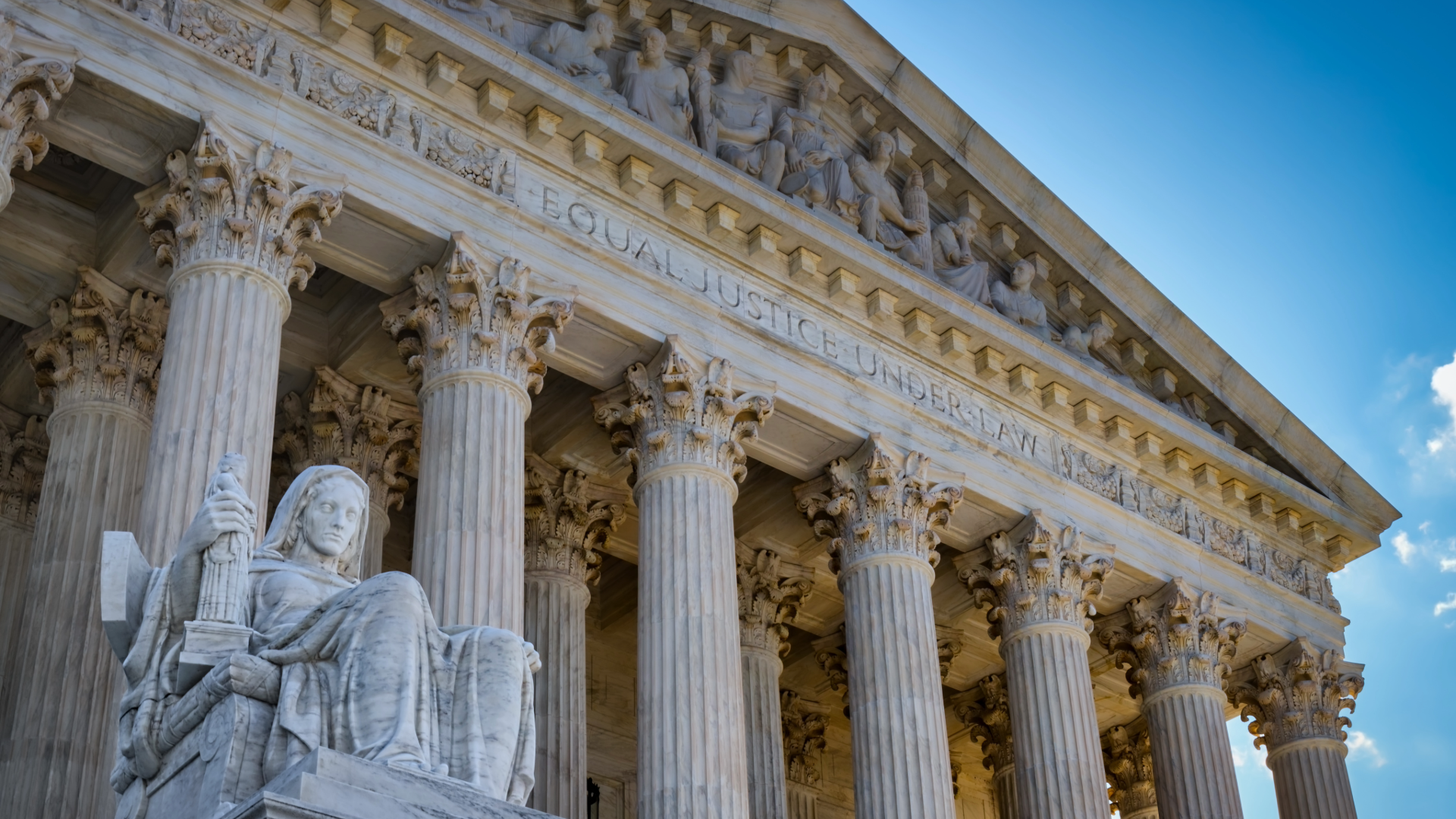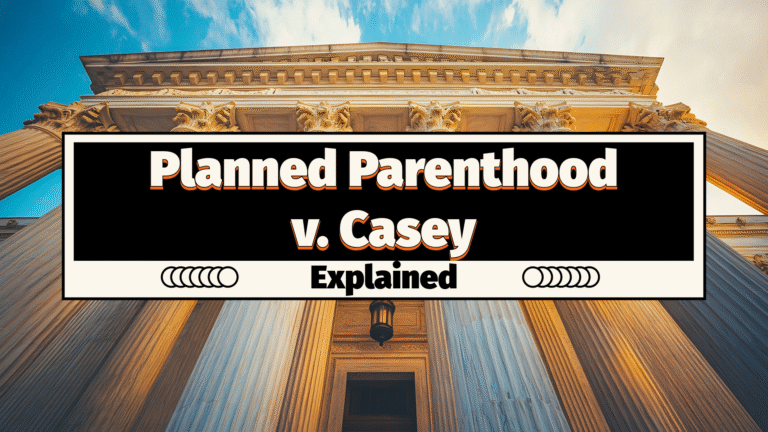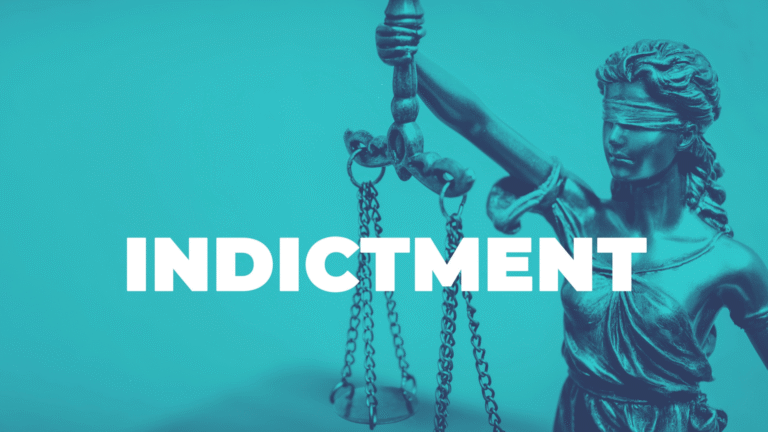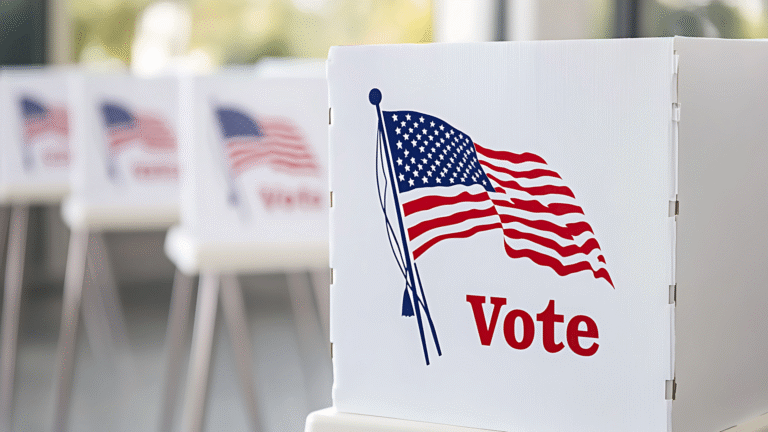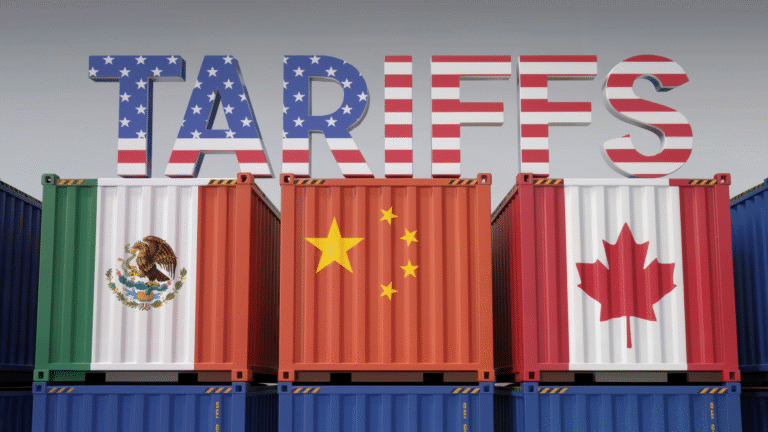What Is the Supreme Court and What Does It Do?
TL;DR
- The Supreme Court is the highest judicial body in the U.S. federal system.
- It interprets the Constitution and has the final say on federal legal questions.
- It has both original and appellate jurisdiction, but mostly hears appeals.
- Its decisions set precedent for all lower courts.
- It serves as a critical check on legislative and executive powers.
What It Is
The Supreme Court of the United States is the top court in the federal judiciary. Created by Article III of the Constitution, it is the final authority on interpreting federal law and the Constitution. It typically consists of nine justices: one Chief Justice and eight Associate Justices, nominated by the President and confirmed by the Senate. Justices serve lifetime appointments unless they retire, resign, or are removed via impeachment.
Why It Matters
- Acts as the final interpreter of constitutional law.
- Has the power to overturn laws or executive actions that conflict with the Constitution.
- Protects individual rights and civil liberties through judicial review.
- Shapes major public policies through landmark rulings.
How It Works
- Judicial Review: The Court can invalidate federal or state laws that it deems unconstitutional.
- Appellate Jurisdiction: Most cases come from appeals of lower court decisions involving federal law or constitutional questions.
- Original Jurisdiction: In limited cases, like disputes between states, the Court hears cases first.
- Case Selection: The Court chooses which cases to hear through a certiorari process. Four of the nine Justices must agree to hear a case.
- Precedent: Its rulings are binding on all lower courts and heavily influence legal interpretations nationwide.
Examples / Use Cases
- Brown v. Board of Education (1954): Declared school segregation unconstitutional.
- Roe v. Wade (1973): Recognized a constitutional right to abortion (later overturned in 2022).
- United States v. Nixon (1974): Limited presidential immunity and led to Nixon’s resignation.
Limitations and Risks
- Justices are unelected and serve for life, raising concerns about accountability.
- Decisions may reflect ideological leanings rather than legal consensus.
- Public trust can erode if the Court is perceived as overly political.
- Congress can change the number of justices or limit the Court’s jurisdiction.
FAQ
- Q: Can the Supreme Court’s decisions be overturned?
A: Only by a later Supreme Court decision or a constitutional amendment. - Q: How many cases does the Court hear?
A: It receives thousands of petitions annually but hears about 60–70 cases per term. - Q: Are its decisions final?
A: Yes, for federal and constitutional questions, the Supreme Court has the last word.
Sources
- Supreme Court of the United States – Official site
- Federal Judicial Center – History of the U.S. Judiciary
- American Bar Association – Overview of the Court’s Role
- Congressional Research Service – Structure and Powers of the Court

